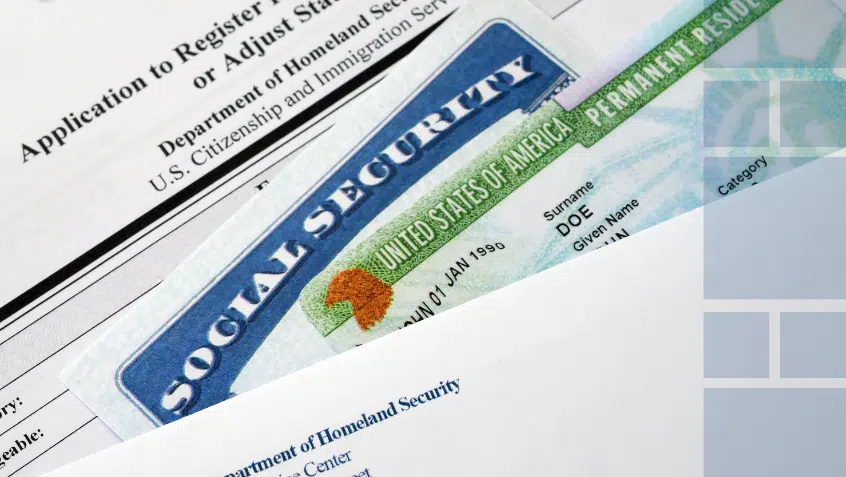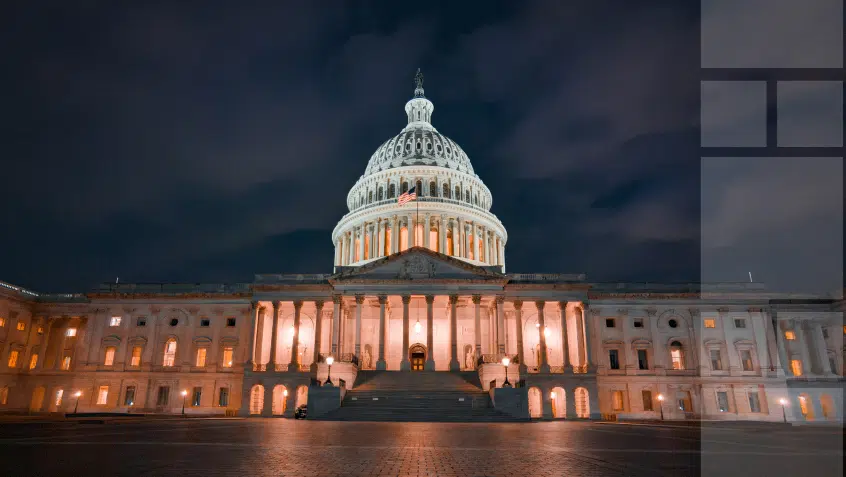Join Us Live for a Discussion on Medicare, Democracy, and the Future of Health Care
Examining the Consequences of Health Care Debt Among Older Adults

Despite Medicare’s significant successes, the program’s out-of-pocket costs are burdensome for many and medical debt is far too common.
Medicare’s benefit design and lack of financial protections expose beneficiaries to frequent and high costs. Enrollees financially contribute to their coverage through payroll taxes, premiums, deductibles, and other cost-sharing amounts. Many also pay for prescription drug coverage, supplemental insurance, and services that Medicare does not cover, such as comprehensive dental, vision, and hearing care. Although Medicare Advantage (MA) caps enrollee out-of-pocket costs, that ceiling, nearly $9,000 in 2024, is one 95% of beneficiaries are not expected to meet. Research and our own experience indicate cost challenges persist program-wide, often with harmful results. For example, a recent survey from The Commonwealth Fund revealed similar shares of people with Original Medicare (OM) and MA skipped care because they could not afford it, and that while many beneficiaries accrue medical debt, some MA enrollees were more likely than people with OM to do so.
A recent KFF data note examines the issue of medical debt in greater detail, unpacking the findings from a 2022 KFF Health Care Debt Survey on its prevalence and consequences among Medicare beneficiaries aged 65 and older.
More than one in five adults aged 65 and older (22%) reported having debt due to their own or someone else’s medical or dental expenses. The bills that caused their debt were often for routine services, such as lab fees and diagnostic tests (49%), dental care (48%), visits to the doctor (41%), and prescription drugs (24%).
These findings underscore the importance of comprehensive coverage for all enrollees. Medicare’s lack of comprehensive dental coverage is a clear driver of beneficiary debt. Although some MA plans offer oral health benefits, “the scope of coverage varies widely, and enrollees may still incur substantial out-of-pocket costs for these services.” Establishing a robust oral health benefit under Medicare Part B would best promote access to affordable dental care for both OM and MA enrollees. Similarly, program-wide beneficiary protections, such as a meaningful out-of-pocket cap and greater financial assistance, as well as program integrity reforms, like reducing overpayments to hospital outpatient departments and MA plans, are needed to lower costs for Medicare, beneficiaries, and taxpayers.
This reported health care debt took many forms, including money owed to providers (12%), credit card companies (11%), collection agencies (8%), banks or other lenders (7%) and family or friends (3%).
It also varied in amount: Roughly 40% of Medicare-age adults with health care debt owed less than $1,000 and one in ten owed $10,000 or more.
Even relatively small debts can trigger lasting consequences. Nearly 30% of beneficiaries with unpaid medical or dental bills were contacted by a collection agency, and 23% said health care debt negatively affected their credit score.
Half of all people with Medicare live on $36,000 or less per year and one in four have less than $17,000 in savings. For these and other beneficiaries, reversing negative credit changes may be especially difficult, making it harder for them to financially recover or obtain affordable credit going forward. In addition to adopting payment rates, coverage rules, and cost protections that improve Medicare affordability and make medical debt less likely, policymakers must also limit the fallout when it does happen. Here, KFF flags that the Consumer Financial Protection Bureau (CFPB) “recently proposed a rule that would remove health care bills from most credit reports and prohibit lenders from making loan decisions based on medical information, with the goal of reducing the burden of health care debt for U.S. adults and safeguarding against coercive credit reporting practices.” This would be an important step in the right direction.
For many with health-related debt (62%), the resulting financial instability caused them to avoid or delay care due to cost. Forty-eight percent postponed medical appointments, 31% did not get doctor-recommended tests or treatments, and 28% did not take a prescription medication as directed.
Other spending shifted as well. Two in five (42%) cut back on household items, food, or clothing; 39% depleted all or most of their savings; 31% increased their credit card debt for non-medical purchases; and one in five took out a loan (21%) or did not pay other bills (18%).
A 2022 Commonwealth Fund survey captured comparable experiences. Among Medicare enrollees with medical debt, 18% said it made it harder for them to pay for other basics, like food and rent, and 28% said it caused them to spend all or most of their savings. KFF notes such sacrifices can have serious effects on beneficiary health outcomes, financial stability, and well-being. They may also perpetuate the cycle of health care debt by leaving older adults with fewer resources to cover future health and living expenses.
The report is a stark reminder that the consequences of medical debt are harmful and lasting. It can reduce beneficiary capacity to pay for medical care and everyday costs, eroding their health and financial security. Unpaid medical bills also cause personal and financial stress, landing people in collections and lowering credit ratings. For the many people with Medicare who live on fixed or limited incomes, this can be particularly hard to undo. Many may remain on shaky financial ground—unable to pay incurred spending obligations, meet current needs, or save for the future.
Beneficiaries who cannot afford routine or specialty care may go without. This can lead to poorer outcomes and quality of life. It can also increase Medicare costs, as they may require more costly interventions later like emergency department or inpatient care.
These cycles are likely to worsen health care disparities. Previous CFPB research indicates that beneficiaries with medical billing issues are more likely to be older adults of color, to be in poor health, to have other debts, and to have incomes between 100 and 200% of the federal poverty level. In the underlying survey, KFF found that “those with lower incomes and people of color (particularly Black adults), are more likely than their counterparts to report experiences like being contacted by collection agencies due to health care debt, being denied subsequent care, and making difficult sacrifices like changing their housing situation to pay down their debt.”
Medicare beneficiary medical debt burdens have implications for policymakers. Importantly, the Inflation Reduction Act takes vital steps to lower beneficiary and Medicare costs, including expanding eligibility for the full Part D Low-Income Subsidy, capping Part D enrollee spending, limiting monthly insulin payments, and making additional vaccines available at no charge; the law’s Medicare negotiation program is expected to further reduce costs. However, KFF’s findings shine a light on the significant affordability barriers that remain, and which must be addressed to ensure all people with Medicare can build and maintain their health.
Read the KFF report, What are the Consequences of Health Care Debt Among Older Adults?
Read more from Medicare Rights about beneficiary Medicare costs and solutions.
Show Comments
We welcome thoughtful, respectful discussion on our website. To maintain a safe and constructive environment, comments that include profanity or violent, threatening language will be hidden. We may ban commentors who repeatedly cross these guidelines.
Help Us Protect & Strengthen Medicare.
Donate today and make a lasting impact.
The Latest
Most Read
Add Medicare to Your Inbox
Sign up to receive Medicare news, policy developments, and other useful updates from the Medicare Rights.
View this profile on InstagramMedicare Rights Center (@medicarerights) • Instagram photos and videos









